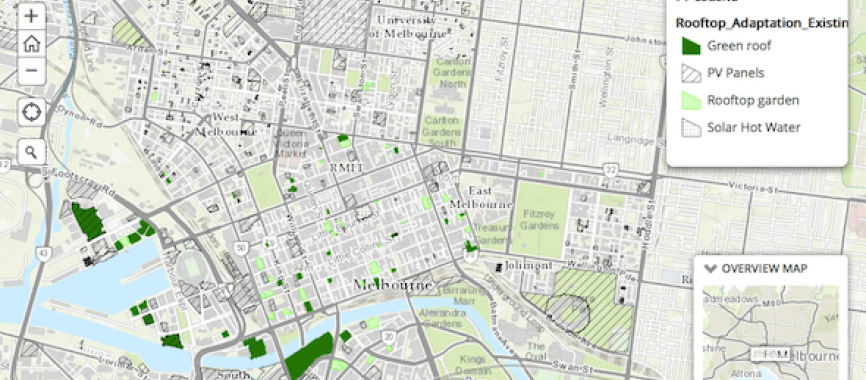What’s Holding Back Green Infrastructure in Australia?
The increasing demand for this type of green infrastructure is evident in the high number of planning applications that include vertical gardens and green roofs. Yet despite the rapid development of the industry and the increasing demand and support for these designs, many green infrastructure projects never get off the ground.
What are the conditions that hold these projects back? And how can we enable more effective and successful green infrastructure projects at a city scale? There are many complex factors at play here, from technology and industry standards, to finance, governance, and planning. So what are the ideal conditions to facilitate green infrastructure development in planning and local government?
Green infrastructure can have many benefits that often align with local governments’ strategic priorities. These include increasing amenity, improving stormwater management, reducing the urban heat island effect, improving the energy efficiency of buildings, increasing biodiversity and habitat connectivity, reducing noise, and encouraging local food production.
Many local governments recognise the different ways in which green infrastructure can contribute to the social and environmental performance of their municipality, and are therefore supportive of these solutions in principle. However, when it comes to establishing planning requirements and policy, the diversity of the potential applications and designs of green infrastructure presents a challenge that few councils are yet to overcome effectively.
Local government has the capacity to create overarching plans that connect, facilitate and maximise the benefits of green infrastructure on a city-scale, to create standards and requirements that ensure best-practice in design, and to lead by example and educate the public. The flip side of their opportunities is that where local government does not participate, it can also create roadblocks which effectively hinder green infrastructure development.
One of the advantages of the comparative youth of the Australian green infrastructure industry on the world stage is that we can learn from the experience of others. A review of experiences of local governments in other countries reveals that there are six key ways in which local governments can foster and support the development of effective green infrastructure.
- Create policy
- Establish planning requirements and mandate green infrastructure in set conditions
- Create incentives
- Lead by example
- Recognise and remove barriers
- Provide education and resources
There are a number of examples of government leaders, both local and international, who have used these methods with good effect.
Read full article @ Sourceable





